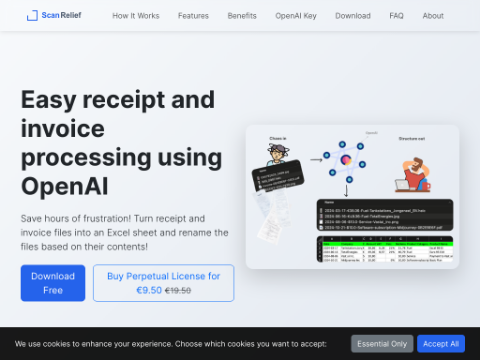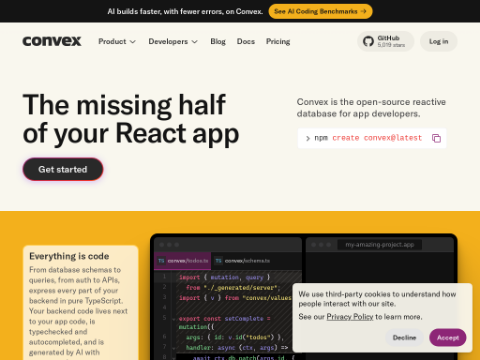At the 2025 International Consumer Electronics Show (CES), Uber and Nvidia unveiled a collaboration aimed at advancing autonomous driving technology using Nvidia's latest offerings: the generative world model simulation tool Cosmos and the cloud-based AI supercomputing platform DGX Cloud.
Cosmos is designed for robotics and autonomous driving companies, capable of producing physics-based videos from various inputs. These inputs include data markers generated from 20 million hours of video, which could potentially involve copyright issues, amounting to 90 quadrillion pieces of data. This data can be used to simulate realistic industrial and driving environments. Nvidia's DGX Cloud platform will provide high-performance AI infrastructure for Uber and other companies to train, fine-tune, and deploy autonomous driving AI models.
Details on how Uber plans to utilize these Nvidia tools are limited. Over the past year, the ride-hailing and delivery giant has formed 14 partnerships in the autonomous driving sector, spanning areas such as Waymo's driverless taxis, Aurora Innovation's self-driving trucks, and Serve Robotics' sidewalk delivery robots.
Uber does not develop its own autonomous driving technology but opts for a lightweight strategy by partnering with others. This approach is not due to a lack of effort; Uber has had a tumultuous history in autonomous driving development. In 2015, it launched the Uber Advanced Technologies Group (ATG) in collaboration with Carnegie Mellon University's National Robotics Center. A year later, Uber acquired Otto, an autonomous truck startup founded by Google engineer Anthony Levandowski. However, Uber shut down its truck division to focus on self-driving cars, and Levandowski's involvement led to legal troubles when Waymo accused him of stealing trade secrets, which were allegedly used by Uber. The case was settled in 2018, and Levandowski received a presidential pardon from Donald Trump after serving 18 months in prison.
In 2018, an Uber vehicle involved in autonomous testing struck and killed a pedestrian in Arizona. The following year, Uber spun off its ATG division after receiving a $1 billion investment from Toyota, eventually selling it to Aurora Innovation in 2020.
Today, Uber aims to serve as a bridge between passengers and drivers, whether human or robotic. However, this doesn't mean slowing down. During the third-quarter earnings call, CEO Dara Khosrowshahi mentioned that due to high investment costs, the company is currently launching services only in Austin and Atlanta in partnership with Waymo.
Khosrowshahi responded to analyst questions by saying, "When you launch in any city, you want to achieve the right level of mobility. You need to invest adequately in your warehouses, infrastructure, and mapping to start seeing returns on capital."
Deploying autonomous driving services in new cities requires significant groundwork, but Uber believes that with Nvidia's world model and cloud platform, scaling up can be achieved more quickly.








